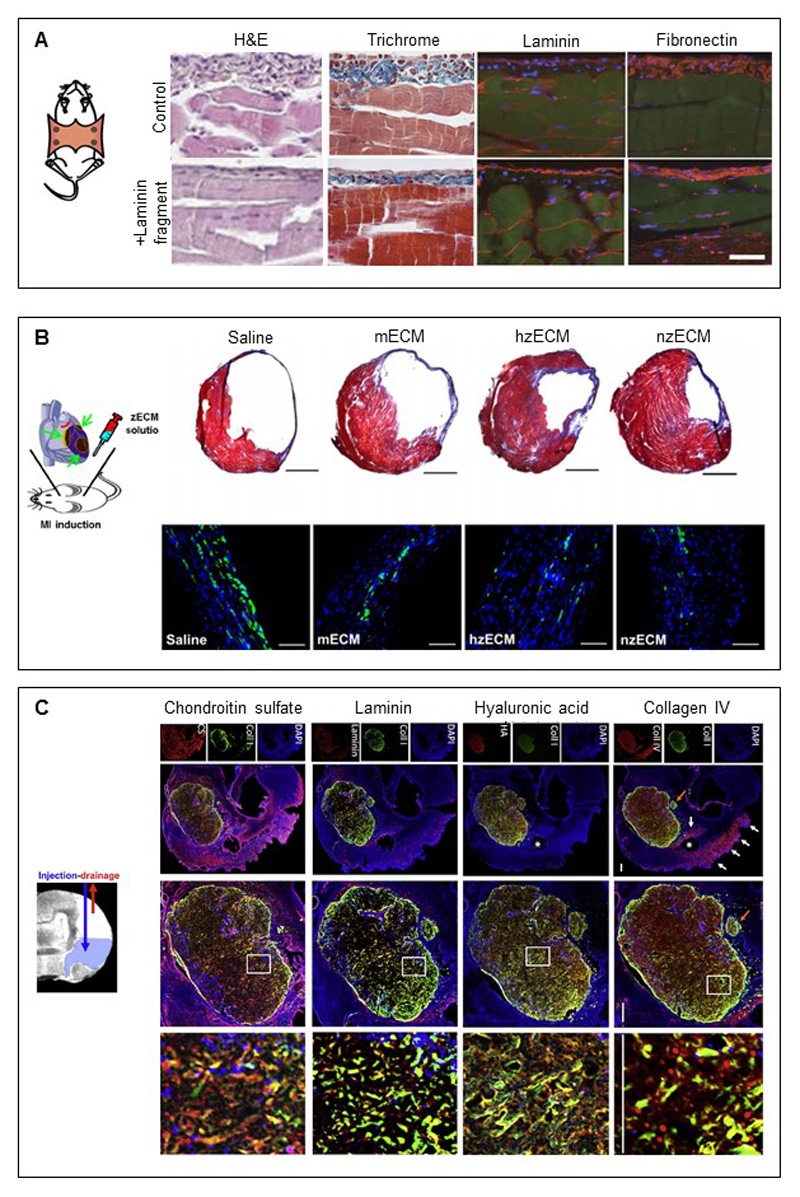Figure 3. Matrix-based therapies modulate tissue repair.
(A) A cryptic laminin fragment functionalized biomaterial was prevents fibrosis in an established model of peritoneal fibrosis. Compared to controls, mice treated with the cryptic fragment showed a reduced fibrotic response demonstrated by H&E, Trichrome, and fibronectin stains alongside minimal disruption to the basement membrane evidenced by laminin staining (scale bars = 40 μm, Adapted from [117]). (B) Zebrafish extracellular matrix induces mammalian heart regeneration. Extracellular matrix from normal (nzECM) and healing (hzECM) cardiac tissue was micronized and injected in an adult mouse acute myocardial infarct model. Compared to adult mouse cardiac ECM (mECM), the zebrafish ECM, especially the hzECM mitigated scarring as seen in Masson’s trichrome stained sections (collagen in blue, cardiac muscle in red, scale bars = 1mm, Adapted from [156]). Heart sections labelled with CD68 showed a reduction in chronic inflammation at 6 weeks post-infarct when mice were treated with hzECM (CD68 in green, scale bars = 50 μm). (C) Extracellular matrix hydrogels implanted in a stroke cavity using a newly developed injection-drainage strategy promotes an acute endogenous repair response that could potentially be exploited to treat stroke. The hydrogel is infiltrated by host cells, typically of microglia, macrophage, or neural and oligodendrocyte progenitor phenotype, forms to the shape of the lesion, and the ECM components including GAGs (chondroitin sulphate and hyaluronic acid) and basement membrane proteins (laminin and collagen IV) can be detected over time (scale bars = 500 μm, Adapted from [165]).

